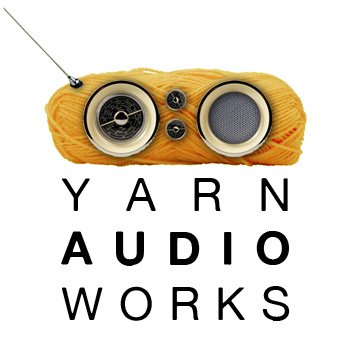This movie can be summed up in one line that comes about a half-hour into its hour and 40 minute runtime. And that's when Helen asks, “A scientist drops a lizard onto a child's bed and good comes of it?” The answer is very, very clearly, “No.”
Peeping Tom is the kind of film where we know what's happening from the get-go. We are shown exactly what is gonna transpire. And shortly thereafter, when the character of Helen is introduced, we are methodically, stealthily walking alongside the visual storytelling. We are counting down the runtime until she's finally, probably, imperiled. And occasionally that feeling is accompanied by the literal ticking of a clock, as the antagonistic protagonist times the developing of his photographic prints.
There is also something to be said, I think, for the fact that about 10 seconds into the film, we zoom out from a target that is being riddled with arrows and the title appears reading “A Michael Powell Production.” The irony that Powell literally seemed to have a target on his back following the release of Peeping Tom is not lost on me. It is among the most controversial films of its time, and it is a genre juggernaut. This was Britain's answer to Hitchcock's Psycho, and perhaps it had a more obviously sympathetic lead, but it was so intense for pallid English palettes that it torpedoed Michael Powell's career. And reactions to the film and the ensuing scandal caused it to be pulled from theaters after only five days. When we're looking at grosses and we're seeing the budget against a 25,000 pound take, it's because it was yanked from the screens after less than a week.
It is also considered to be among the first, if not the first, slasher movie. And its influence in that regard cannot be overstated. It's also among the first films to place the viewer behind the eyes of a killer, showing us the story from that point of view. And Peeping Tom also establishes, or at least foregrounds, a number of tropes we've come to associate with horror movies about serial killers. Things like returning to the scene of a crime, or the causality of insanity, or psychopathy being rooted in childhood. I also think that the clothes, the color, the cinematography, these aspects of the film are really exquisitely modulated. The color is super rich. It's just glorious from the get-go. The open eyes staring at us, the audience — it seems to tell us that there's going to be a conversation about the act of seeing, or of viewing, that's engendered by this film. Viewing, vision, voyeurism.
Through the production design, which is quite stylized almost from the beginning, you are aware of the fact that you are watching a film. There is a strange relationship, I think, to reality that it shows. The opening street scene could be like a James Bidgood studio photograph coming to life. When we first see the prostitute framed through the viewfinder of a camera against that stylized backdrop, you start to wonder immediately, I think, if you're watching a movie about making a movie.
There's a lot that also feels very modern about the look of the film. I think even the clothes on the prostitute seem to be double refracted, filtered through cultural impulses and imperatives from that time and also from ours.
But ultimately the screenplay is where the real magic is. Everything else is kind of marzipan on a birthday cake. I think it's rare that I see a film and I'm really jealous of the dialogue. I wish I spoke more like that. And it's so unusual and sophisticated, the dialogue. I mean, the whole film is pretty unusual and sophisticated. It's simple in its story, and straightforward in the drawing of fairly complex characters. Mark is interior, Helen is exterior. Mark is inward-looking, inward-leaning, whereas Helen is kind of fabulously outward. Helen is plus charmant and joie de vivre, and she is played to perfection by Anna Massey. And I think Moira Shearer as Vivian looks so sophisticated and is so energetic. She's a little bit like Carmen Dell’Orefice and a little bit like Dovima when she's spinning around in the studio in that dance number.
But when you think about it, when you really observe this film as Mark observes from inside the film, it gets almost philosophically overwhelming. Mark is observing observers who are observing at all times. There's a moment where he wants to photograph Helen watching a movie of himself as a child being filmed by his father. When you start to think about all of these sort of levels of distance or refraction, it's like origami.
I love intellectually rigorous underpinnings to things, and I love strong dramaturgy. And this, quite frankly, feels extremely experimental, extremely theatrical, in almost a Brechtian sense. And of course, watching Mark nervously caress his camera as an analog for Helen or for any other human being is more than a little bit unsettling.
To hear our episode on Peeping Tom, click here.
Bradford Louryk

